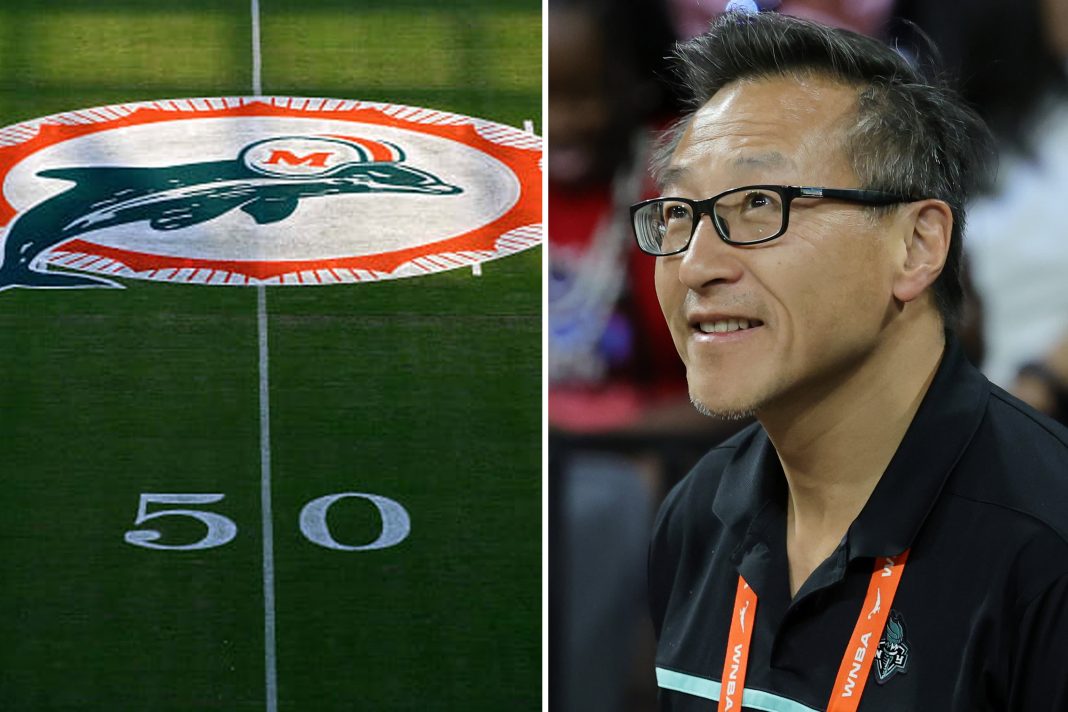As the automotive market continues to evolve, potential buyers are increasingly confronted with the stark reality of rising vehicle prices. The average transaction price for a new car has surged to a staggering $47,870, representing a 28 percent increase from just five years ago, when the average stood at $36,677. This upward trajectory is driven by a multitude of factors, reflecting shifts in consumer preferences, inventory levels, and broader economic conditions.
Recent data from Kelly Blue Book and Cox Automotive indicates that while the average transaction price has decreased slightly from its peak of $49,928 in December 2022, it remains significantly higher than historical averages. This minor decline of 4.3 percent may hint at a cooling market, but the enduring high prices continue to dampen overall sales volumes. According to Jennifer Caldwell, an analyst from Edmunds, this situation arises partly because inventory levels are stabilizing to meet consumer demand, diminishing the need for substantial incentives. Caldwell points out, “Although this is an overall healthy place for the industry to be in compared to automakers’ pre-pandemic habits of overproduction and inventory glut, it unfortunately has also limited potential discounts or promotions for shoppers.”
Moreover, the current landscape of the automotive market is not just a reflection of pricing but also of evolving buyer preferences. Charlie Chesbrough, a senior economist at Cox Automotive, notes that the industry has intentionally shifted toward higher-priced vehicles, leaving behind lower-cost options. “The customer base in the market today is more affluent. They have more money and don’t want subcompacts, while the higher interest rates are causing people to buy fewer and fewer and smaller cars,” he explains. This transition aligns with a broader societal trend where consumers have gravitated towards larger, more richly equipped vehicles, capitalizing on historically low interest rates and longer loan terms over the past decade.
However, the tides are turning as high interest rates now average 9.54 percent for new auto loans and an even steeper 13.93 percent for used vehicles—significantly up from the sub-4 percent rates seen as recently as February 2022. This shift has prompted many buyers to reconsider their options, particularly as the allure of larger vehicles wanes in the face of rising costs.
The sluggish auto sales figures further underscore these challenges. In the third quarter of this year, U.S. vehicle sales dipped by 1.9 percent year-over-year, signaling a potential slowdown in consumer appetite. Looking forward to the fourth quarter, Chesbrough anticipates that two primary forces will influence sales: the recent rate cut by the Federal Reserve, which might invigorate consumer confidence, and the uncertainty surrounding the upcoming election, which could lead affluent buyers to delay major purchases. “Most of the higher-income folks are paying a lot of attention to what’s going on politically and may decide to just wait and not take out a $40,000 to $50,000 loan,” he warns.
Despite these headwinds, there is a glimmer of hope for prospective buyers. Dealer incentives are on the rise again, with estimates showing that they reached their highest levels since the first half of 2021 in August. These incentives accounted for 7.2 percent of the average transaction price, suggesting that dealers may be more willing to negotiate as they look to boost sales volumes heading into the fall.
In summary, while the automotive market presents significant challenges—especially for those seeking affordable options—there are signs of a potential shift. As buyers adapt to the new financial landscape characterized by higher interest rates and evolving preferences, the market may begin to recalibrate, offering opportunities for savvy consumers willing to navigate the complexities of today’s car-buying environment. Whether you’re looking for a first car for a family member or an inexpensive second vehicle, staying informed about market trends and available incentives will be crucial in making a wise purchase decision.

